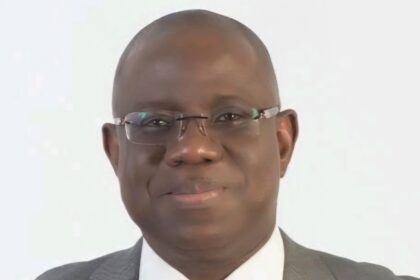By Debo Popoola
Calabar has carved a niche for itself as the center of tourism in a country that is always in the news for bad things. While Boko Haram ravages the north east, Biafra cry scrounging the east and ritual killing and arm rubbery rampaging the west, Calabar has remained a relatively peaceful city as bad news hardly emanate from this city. The only time Calabar is consistently heard about is the news is during December and it for its annual Calabar festival, regarded as the biggest carnival in the continent.
A festival is an event ordinarily celebrated by a community and centering on some characteristic aspect of that community and its religion or traditions, often marked as a local or national holiday. Next to religion and folklore, a significant origin is agricultural. Food is such a vital resource that many festivals are associated with harvest time. Religious commemoration and thanksgiving for good harvests are blended in events that take place in autumn, such as Halloween in the northern hemisphere and Easter in the southern.
Festivals often serve to fulfill specific communal purposes, especially in regard to commemoration or thanksgiving. The celebrations offer a sense of belonging for religious, social, or geographical groups, contributing to group cohesiveness. They may also provide entertainment, which was particularly important to local communities before the advent of mass-produced entertainment. Festivals that focus on cultural or ethnic topics also seek to inform community members of their traditions; the involvement of elders sharing stories and experience provides a means for unity among families.
Calabar festival has helped in projecting the cultural and traditional values of the Calabar people as it has become the melting point for all fun lovers all over the world.
Calabar festival is a unique display of Africa heritage showcased through music, dance, drama and visual creativity which is reflected in the design of floats, costumes and make-up. Despite the fun and relaxed atmosphere around the carnival, a great degree of thought, creativity and discipline goes into the interpretation of the carnival theme under a strict adjudication process. The result is pure magic- an outpouring of colour, sound and spectacle, unmatched by anything else on the continent.
Calabar Carnival takes place on the 26th and 27th December each year, and is the highlight of the 32-day Calabar Festival which runs from 30th November to 1st January. The Carnival is the largest cultural Festival in Africa with 50,000 Costumed revellers, 2million spectators and an audience of over 50million television viewers on NTA Network, NTA International, AIT, CRBC and Continental TV (Africa Magic, Channel O and MTV Base). Carnival Calabar features 5 major competing bands and 10 non-competing bands. The major bands are comprised of approximately 10,000 revellers each, including up to five kings and queens wearing large scale costumes that interpret the annual theme and set the tone for the other outfits.
Sections of these costumed revellers create a riot of colour and sparkle, along a 12km route accompanied by live music, Djs, well-decorated floats and steel bands. The carnival parade terminates at the UJ Esurene stadium which is the final adjudication and end point of the competition for ‘Band of the year’ in various categories. This competition attracts an additional 15,000 seated spectators and 10,000 others in and around the stadium, as well as 50million TV viewers.


